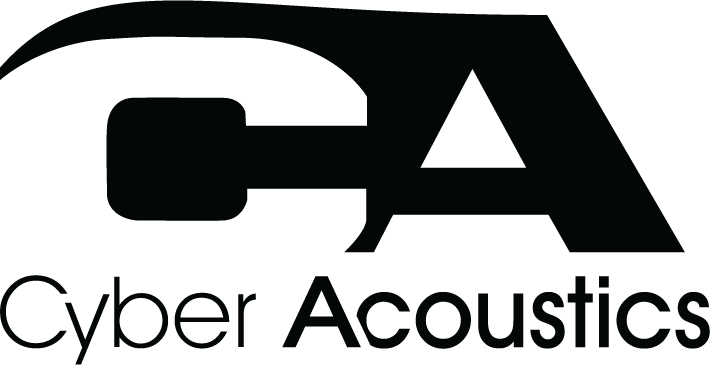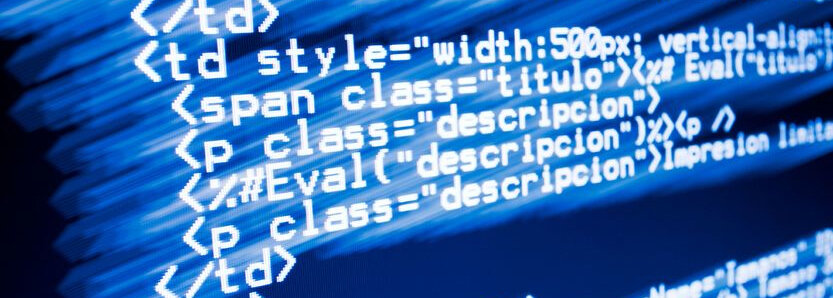Hour of Power
Thursday, December 22, 2016 by Cyber Acoustics
Earlier this month, the worldwide “Hour of Code” week took place with more than 180 million students joining in on the international digital party. The tradition began in 2013, and in just a few years it has exploded in popularity and worldwide participation with teachers, parents, and students all taking part in the collective event to promote computer science education and generate interest in coding among younger students.
What started as a one-hour introduction into the field of computer science has become an intercontinental phenomenon -- a movement embraced by countries worldwide in an effort to demystify coding as a computer science and creative endeavor. Anyone anywhere can create an Hour of Code event using online tutorials and activities, and just about everyone, everywhere took part during the dedicated timeframe of Computer Science Education Week.
Involvement from public figures and celebrities such as Kobe Bryant, Serena Williams, Jessica Alba, and more have greatly contributed to the growth and popularity of the event. Plus, it's safe to say that the field of study has drawn such large numbers of students because the Hour of Code programs are so easily and readily accessible. The tutorials and activities can be taken advantage of from any computer, tablet, or wireless device.
Even teenage Nobel Peace Prize winner Malala Yousafzai is an advocate for the idea. She can be seen in a video encouraging girls to pursue a complete education with an hour of code study… a task that she asserts can be accomplished “even if you don’t have a computer.” The Hour of Code movement has been especially lauded for helping to bridge the gender gap in computer science studies.
Computer Science Education Week takes place every year in early December to commemorate the birthday of computing pioneer Admiral Grace Murray Hopper. Admiral Hopper was one of the first American computer scientists in addition to being a Rear Admiral in the United States Navy. One of the first programmers for the Harvard Mark I computer in 1944, she also invented the first compiler for a computer programming language. Compilers are the programs that allow programming language to be understood and processed by computers into machine language, or code.
Of course, an hour isn’t enough time to master code in each of its varied applications, but an hour is more than enough time to generate interest in the subject at hand. This is the measure of success that Hour of Code programs gauge themselves by; they manage to stimulate interest in coding and computer science for students across a diverse range of culture and age groups. Often times, the hour becomes much more as teachers are inspired to make coding a point of emphasis in other lesson plans and as students enroll in computer science and coding classes.
And though coding is a computer science, the benefits of studying and practicing code development do not end with strictly technical application. Coding provides a digital avenue for students to develop their creative potential and continue their education even while immersed in recreation.
Through the Hour of Code website, students can take part in activities that not only walk them through a step-by-step tutorial explaining how different codes can perform different functions, but students can even develop their own video games and other exercises to play and take part in later.
An internet connection and a desire to see students learn materials that prepare them for adult life are all that are required to start teaching code, and the Hour of Code website makes it easy to do so. Visit the site to find out how you can bring coding into the classroom, the home, and everywhere else! Millions of students around the world are preparing to be future leaders in computer science and code development… will yours be some of them?


